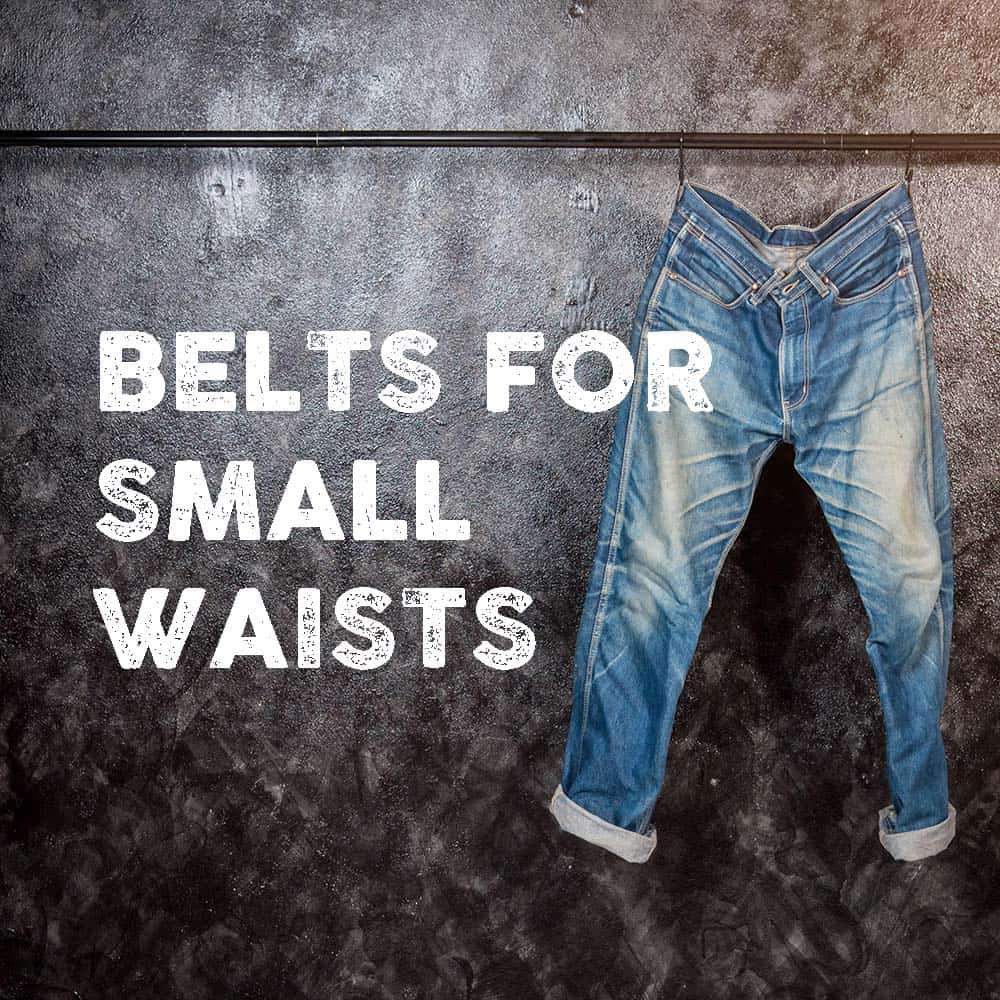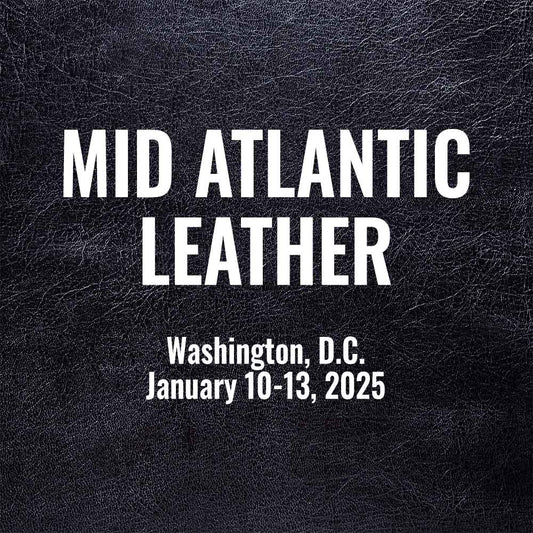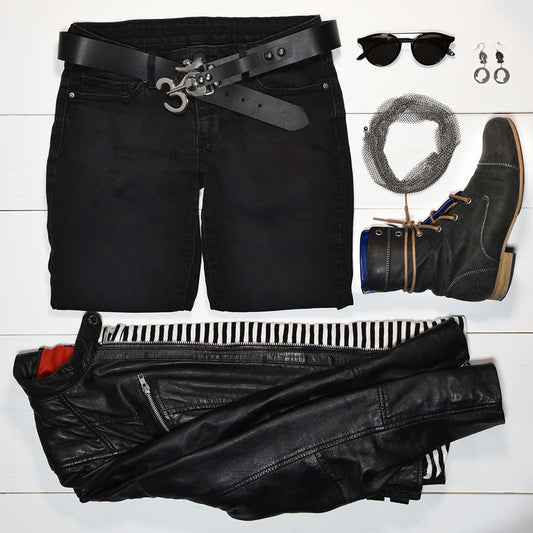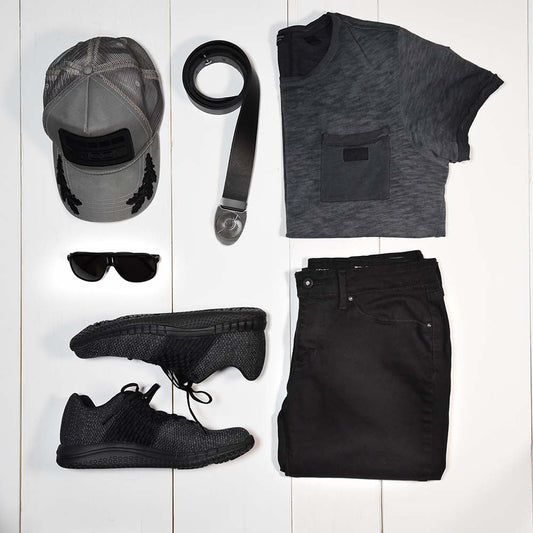Guys with smaller waists know how hard it is to find a belt that fits right. If you are a belt size 28 or belt size 30, you know the struggle is real! Most top brands only carry the most common belt sizes 32 to 40. Sizes outside the "normal" range won't even be listed on their size charts, making it a challenge to find the perfect fit if you're a smaller or bigger guy shopping for a good belt.
If this sounds like a problem you've faced, your search is over! At Obscure Belts, we make every belt to order, and no size is too small for us. Just send us your measurements so we can make you the perfect length belt.
I need a men's belts size 30. What type of belt should I wear?
If you have a smaller waist size, you should shop for a belt that looks proportional. You want a buckle that sits snug against your body when buckled and doesn't stick out too far past the leather into your belly. Avoid anything that feels uncomfortably large or bulky. Here are a few of our best selling men's belts in size 30:

The Series 7 Dial is one of our slimmest, lightest belt buckles. It is designed to hug your body for comfortable everyday use.
→ Shop the Stone Dial Belt

Our best-selling Black Ops Fractal belt is lightweight and speedy fast, the perfect addition to any wardrobe.
→ Shop the Black Ops Fractal Belt
What size should a man's belt be?
Generally, the rule for measuring a man's belt size is to add two inches to your pants size. For example, If you wear size 32 jeans, buy a size 34 belt. Always measure your waist and check the specific brand size chart for the most accurate sizing. Check out our measuring guide for more tips on getting the perfect belt size.

What size belt should I buy for a 30 waist?
If you are size 30 waist in pants, buy a size 32 belt. Your belt should fit in the middle hole, with at least two holes tighter and looser. If your pant size changes in the future, you will still be able to use your belt.
Of course, there are exceptions to this rule. If you are a teenager or planning to get bigger but currently are a mens size 30 pants, buy a size with room to grow into. A belt size 34 will fit you on one of the tighter belt holes now, with a couple of extra inches as you grow in the future.
Measuring for a new belt from an existing belt
We always recommend measuring around your hips for the best fit, but sometimes that isn't possible (like when you're buying a belt as a gift). Here's how you get your current belt size from an existing belt. Please remember that this only works for leather belts that aren't stretchy.
Step 1: Lay the leather belt on a flat surface, like a table or floor. Pull the belt straight and put some pressure on it. Some belts have a lot of stretch to them. You want the measurement to be similar to when the belt is worn.
Step 2: Using the tape measure, measure from the buckle's connection point to the most used belt hole (usually the middle hole) like in the diagram below.

Step 3: Consult the size chart. If your measurements don't fall in one of the standard sizes or you prefer a precise fit, purchase a custom size and leave a note with your measurements.

When to use a tape measure to determine your belt size
Pant sizing is tricky these days. If you've purchased a pair of jeans recently, you may have noticed how comfy and stretchy they are. The current fashion trend is to use flexible fabric in pants. They are more comfortable to wear, but the sizing number is inaccurate.
Here's how to tell if your jeans are made this way: hold the jeans in your hands with the fly up and buttoned and give the waist a gentle tug. Do they feel stretchy? Does the fabric deform at all? If you can see the fabric at the waistline stretch more than a ½ inch, you can't rely on the accuracy of the brand's pants size number. You should measure your waist with a cloth measuring tape before purchasing a new belt to determine your true pant size.

If you don't have a cloth measuring tape you can use a string or shoelace that does not stretch. Thread it through the loops of your pants, mark the string where it meets, then lay it next to a regular measuring tape. The more precise you are, the better your belt will fit.





